Racial inequality in the United Kingdom (UK) exists and is evident in many ways.
Black and Minority Ethnic (BME – see below for an explanation of this term) families are more likely to be poor and in persistent poverty, live in areas of deprivation, have lower attainment and progress in comparison to White pupils in schools and be economically disadvantaged; 1 in 10 adults who identify as BME are more likely to be unemployed in comparison to White people at 1 in 25 (Race Disparity Audit, 2017). Within the Higher Education (HE) sector, racial inequality is becoming more widely recognised as an issue (NUS, UUK, 2019), apparent by inequitable outcomes for BME students, as they are less likely to obtain a good degree (a First or Higher Second) in comparison to White students. This gap persists even when all other variables such as age, gender and prior attainment are controlled (NUS, UUK, 2019).
Recent societal changes and influences have further increased the national and international focus on race and equality, with the tragic death of George Floyd in the summer of 2020 and the subsequent re-focus on the Black Lives Matter movement (BLM). Arguably, BLM has served to profile the issues and has created a further window of opportunity to push for real and systemic change.
Note: Selecting correct and appropriate terminology to describe a diverse group of people, all of whom have experienced racism, is difficult. For the purposes of this article, BME and BAME is used, although it is recognised these are problematic terms.
Background
In England, the profile of race equality was raised significantly after the death of Stephen Lawrence with the publication of the McPherson Report in 1999. This generated government initiatives including a requirement for the publication of data on the awarding gap by Higher Education Institutions (HEI) (Singh, 2009). Participation in HE from BME students increased indirectly due to the widening participation agenda (Dearing Report, 1997, cited in Singh, 2009; Kennedy, 1997), but not every student benefitted equally (UUK/NUS, 2019).
The National Union of Students (NUS) first highlighted the issue in 2011 in the report ‘Race and Equality’, and the Runnymede Trust published a paper ‘Aiming Higher’ in 2015. Both publications attempted to increase awareness of the gaps. Targets were originally introduced by the Office for Fair Access (a non-regulatory government department) to reduce the awarding gap in the form of Access Agreements. The Cabinet Office reported the awarding gaps in the Race Disparity Audit (2017) commissioned by then Prime Minister Teresa May ‘to tackle burning injustices’. However, it was not until the Office for Students (OfS) set targets in 2019 for institutions to close the gaps that the issue increased in prominence in England. The OfS is the regulatory body for HEIs and has threatened HEIs with the loss of registration; with that they would not be able to award degrees, and would lose access to loans for students or other funding opportunities. Universities are now expected to have an Access and Participation Plan (APP) which must reflect the OfS’s ambitions to remove inequalities, measured against OfS’s key performance indicators and based on data which identifies where the largest gaps are.
The awarding gap at the OU

The OU is the world’s leading provider of online and distance education with over 200,000 students and 4,000 members of staff, and is organised by the Four Nations: England, Scotland, Northern Ireland and Wales. The OU mission statement is to be ‘Open to people, places, methods and ideas’ . The OU has an open access policy, supporting learners from a diverse range of backgrounds including those from the lowest socio-economic backgrounds, carers, disabled people, first in family or those with low prior educational qualifications. Many students are in full- and part-time employment, and combine study with work and caring responsibilities. Students can take up to sixteen years to complete their degree given the modular based study routes offered by the OU.
The key aim is to `remove all inequalities in access and outcomes for students from underrepresented and disadvantaged backgrounds´The OU is committed to reducing the gap and is guided by the principles set out within its institutional Access, Participation and Success Strategy (APS). The APS’s key aim is to ‘remove all inequalities in access and outcomes for students from underrepresented and disadvantaged backgrounds’ and provides the framework for each nation to deliver its specific priorities. Each of the UK nations also has their own agreements with their respective funding bodies, which align with the principles of the APS Strategy in addition to their nation specific priorities.
The APP is the OU’s response to the OfS in England and is a five-year plan which sets out plans for reducing inequalities in access to HE and student outcomes. A key focus of the APP is to ‘enable access to HE and equitable outcomes for underrepresented and disadvantaged students…[it] focuses upon institutional practices that enable student success’. The APP and progress against targets are reported to the OfS. According to data, based on modules rather than qualifications, in the OU’s APP (2020-25), there is a difference in registrations, continuation, attainment and progression rates, pass rates and good passes (a First or 2:1) for BME students. For 2019/20 the first-time completion rate (of a module) for students from BAME backgrounds was 65.9% and for White students 73.3%. This means non-BAME students are more likely to complete with a differential of -7.4%. In terms of pass rates, in the same year, the gap is larger with 61.1% of BME students passing compared to 71.8% of White students (-10.8%). Finally, in terms of ‘good’ passes, a gap of -31.6% existed between BAME and White students with 34.6% of BAME students in comparison to 66.2% of White students. Faculty specific data is not published so not in the public domain and is therefore omitted from this report. However, data is available by school in Nguyeu, Rientes and Richardson’s data analytics report (2019) which shows that students at the OU from BME backgrounds are between 19% and 79% less likely to complete, pass or achieve a good grade in comparison to White students.
Although the gaps appear significant within the OU, there is a wide range of activity across the university looking at reducing inequitable outcomes for BME students. This includes reviewing the curriculum and student support models, establishing student societies to create a sense of belonging, improving guidance for students around assessment and increasing staff and students from underrepresented backgrounds (Gray, 2018).
Conclusion
The institutional APS Strategy provides the framework to deliver the OU’s institutional ambitions which has been elevated through OfS monitoring and reporting requirements. With the APP in place, the university must and will improve outcomes for its BME students to maintain University status.

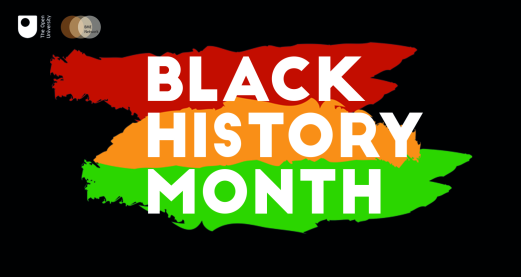
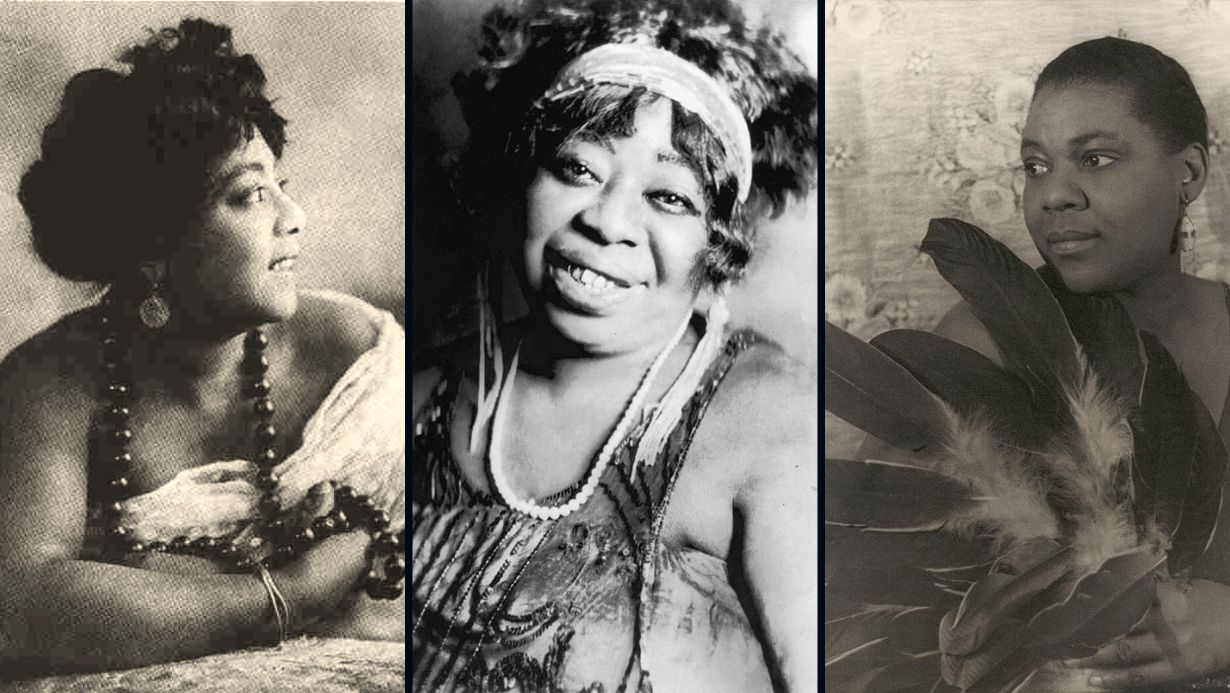
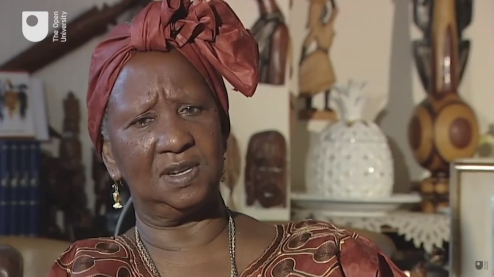
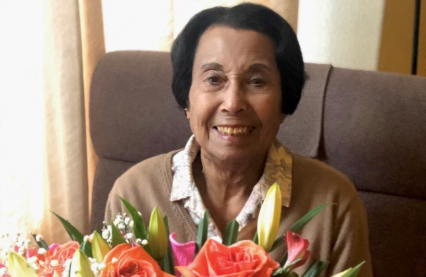
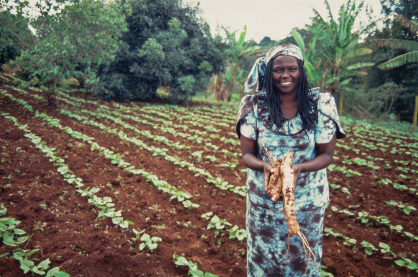
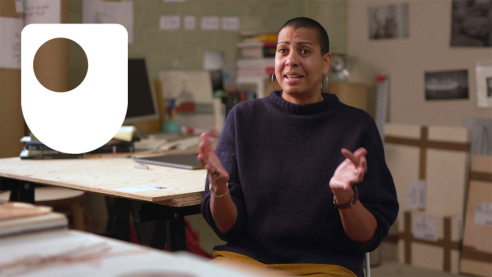
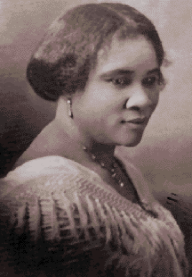
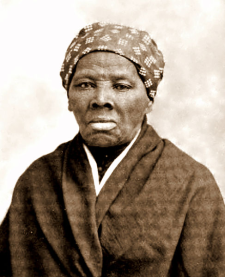
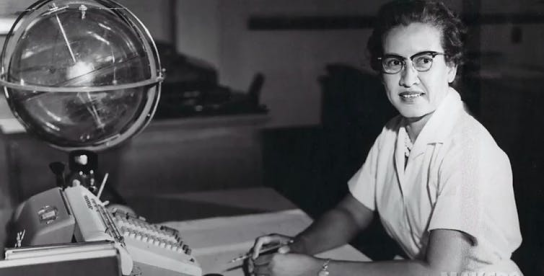
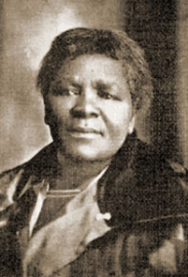



Rate and Review
Rate this article
Review this article
Log into OpenLearn to leave reviews and join in the conversation.
Article reviews